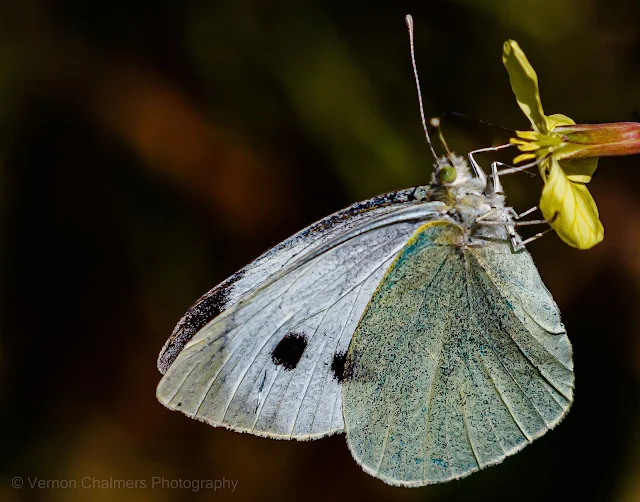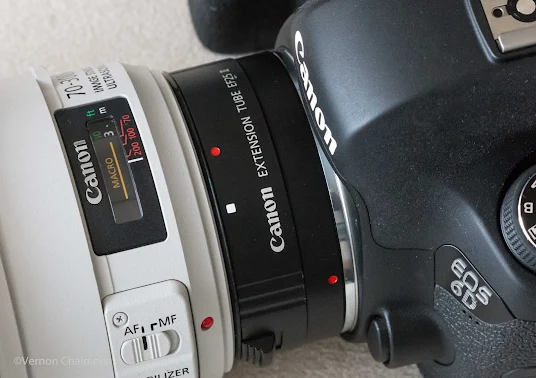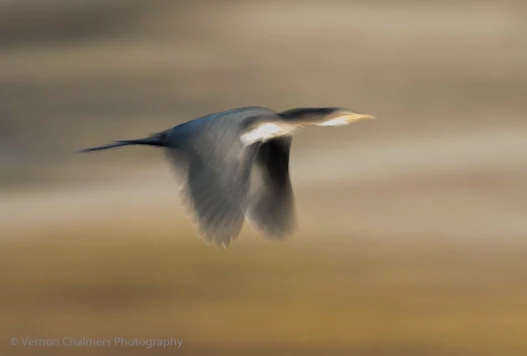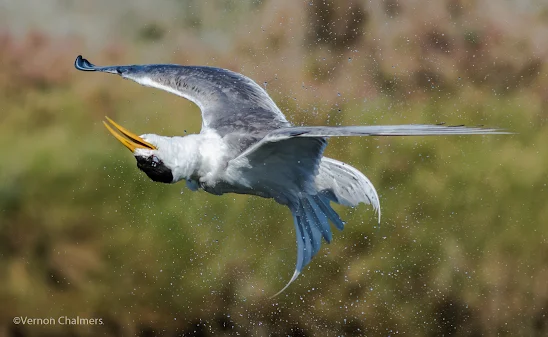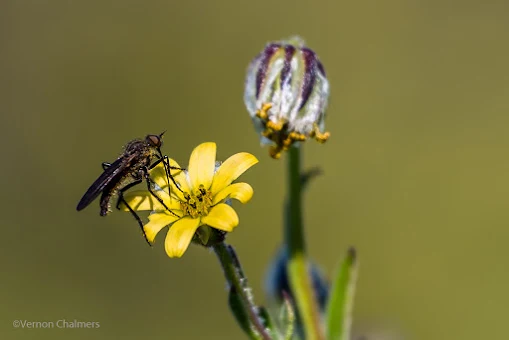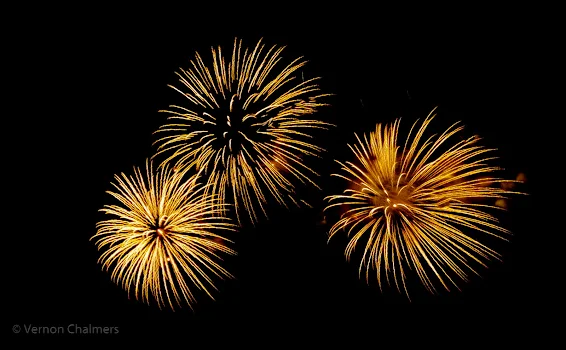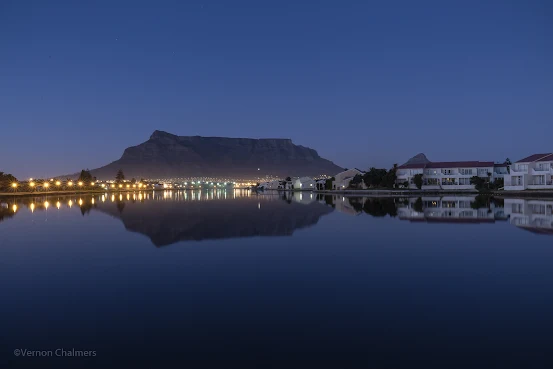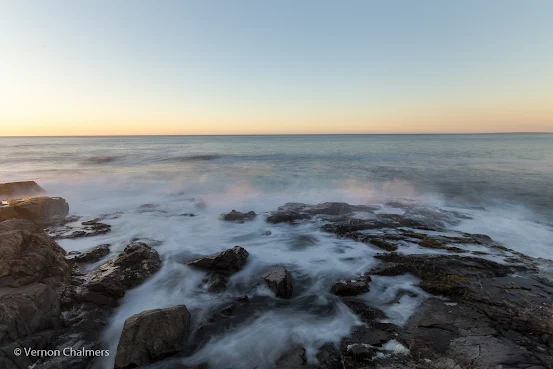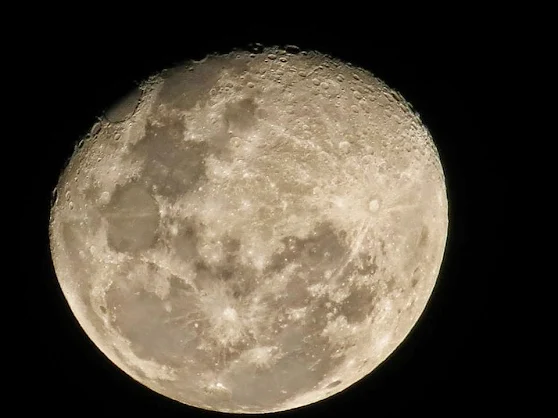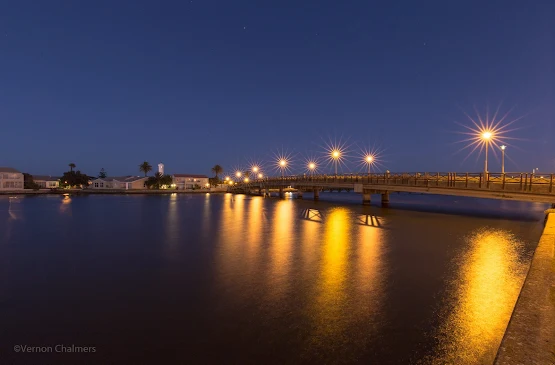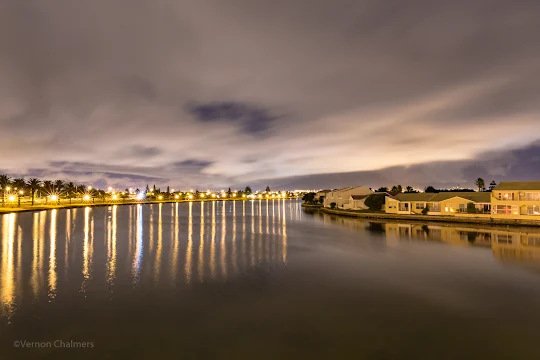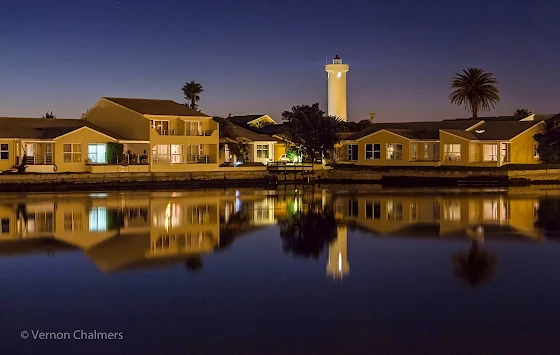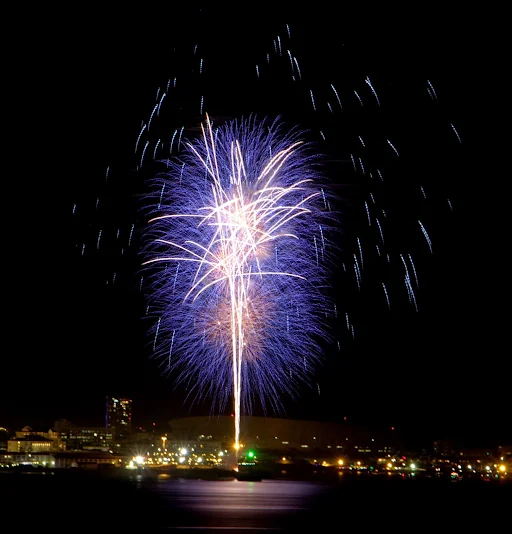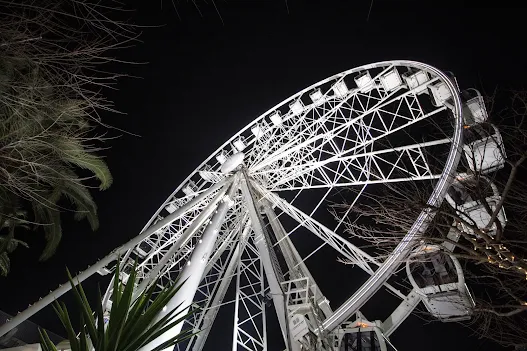Photography Training / Skills Development Milnerton, Cape Town and Cape Peninsula
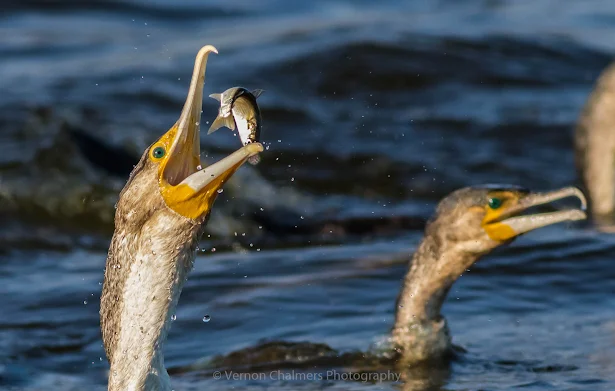 |
| Fast Shutter Speed / Action Photography Training Woodbridge Island, Cape Town |
Vernon Canon Photography Training Cape Town / Cape Peninsula
Private Canon EOS / EOS R Camera and Photography tutoring / training courses in Milnerton, Cape Town - or in the comfort of your home / garden anywhere in the Cape Peninsula.
Tailor-made (individual) learning programmes are prepared for specific Canon EOS / EOS R camera and photography requirements with the following objectives:
Canon Camera / Lens Requirements
Any Canon EOS / EOS R body / lens combination is suitable for most of the training sessions. During initial contact I will determine the learner's current skills, Canon EOS system and other learning / photographic requirements. Many Canon PowerShot camera models are also suitable for creative photography skills development.
- Individual Needs / Gear analysis
- Canon EOS camera menus / settings
- Exposure settings and options
- Specific genre applications and skills development
- Practical shooting sessions (where applicable)
- Adobe Lightroom post-processing training
- Ongoing support
Canon Camera / Lens Requirements
Any Canon EOS / EOS R body / lens combination is suitable for most of the training sessions. During initial contact I will determine the learner's current skills, Canon EOS system and other learning / photographic requirements. Many Canon PowerShot camera models are also suitable for creative photography skills development.
Learning Photography from the comfort of your Own Cape Town Home / Garden More Information
Bird / Flower Photography Training Kirstenbosch National Botanical Garden More Information
- Introduction to Photography / Canon Cameras More
- Bird / Flower Photography Training Kirstenbosch More
- Birds in Flight / Bird Photography Training More
- Canon Speedlite Flash Photography Training More
- Macro / Close-Up Photography More
- Landscape / Long Exposure Photography More
- Real Estate / Interior Decor Photography Training More
Training / demonstrations are done on the client's own Canon EOS bodies attached to various Canon EF / other brand lenses covering wide-angle to zoom focal lengths.
Photography Training Gift Voucher Options
Most photography training sessions are available as Birthday / Christmas Gift training voucher options with a one year validity period. More information
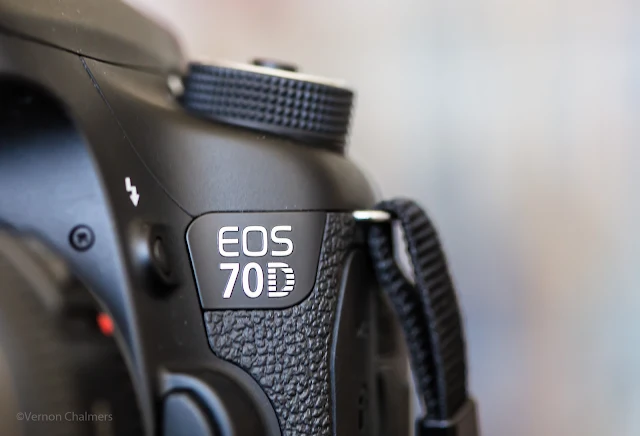 |
| Canon EOS System / Menu Setup and Training Cape Town |
2024 Individual Photography Training Session Cost / Rates >>
From R800-00 per four hour session in Milnerton, Cape Town. Practical shooting sessions can be worked into the training. A typical training programme of three training sessions is R2 300-00.
This to be inclusive of up to 12 hours theory / settings training (inclusive: a three hours practical shoot around Woodbridge Island if required).
Canon EOS Cameras / Lenses / Speedlite Flash Training
All Canon EOS cameras from the EOS 1100D to advanced AF training on the Canon EOS 80D to Canon EOS-1D X Mark III. All Canon EOS R Cameras. All Canon EF / EF-S / RF / RF-S and other Canon-compatible brand lenses. All Canon Speedlite flash units from Canon Speedlite 270EX to Canon Speedlite 600EX II-RT (including Macro Ring Lite flash models).
From R800-00 per four hour session in Milnerton, Cape Town. Practical shooting sessions can be worked into the training. A typical training programme of three training sessions is R2 300-00.
This to be inclusive of up to 12 hours theory / settings training (inclusive: a three hours practical shoot around Woodbridge Island if required).
Canon EOS Cameras / Lenses / Speedlite Flash Training
All Canon EOS cameras from the EOS 1100D to advanced AF training on the Canon EOS 80D to Canon EOS-1D X Mark III. All Canon EOS R Cameras. All Canon EF / EF-S / RF / RF-S and other Canon-compatible brand lenses. All Canon Speedlite flash units from Canon Speedlite 270EX to Canon Speedlite 600EX II-RT (including Macro Ring Lite flash models).
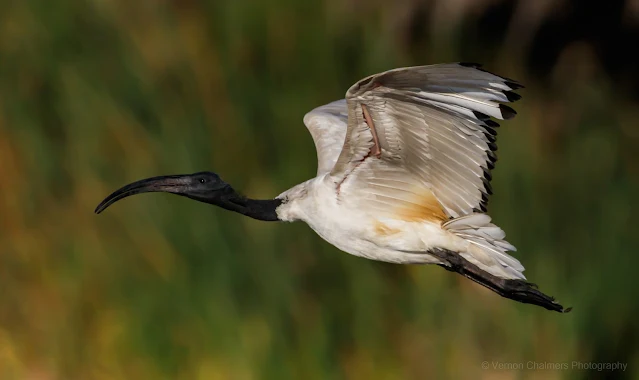 |
| Inaka Island Photography Canon EF 100-400mm f/4,5-6.6L IS II USM Lens |
Advanced Canon EOS Autofocus Training (Canon EOS / EOS R)
For advanced Autofocus (AF) training have a look at the Birds in Flight Photography workshop options. Advanced AF training is available from the Canon EOS 7D Mark II / Canon EOS 5D Mark III / Canon EOS 5D Mark IV up to the Canon EOS 1-DX Mark II / III. Most Canon EOS R bodies (i.e. EOS R7, EOS R6, EOS R6 Mark II, EOS R5 and EOS R3) will have similar or more advanced Dual Pixel CMOS AF Systems. Contact me for more information about a specific Canon EOS / EOS R AF System.
Cape Town Training Schedules / Availability
From Tuesdays - during the day / evening and / or over weekends.
Core Canon Camera / Photography Learning Areas
- Overview & Specific Canon Camera / Lens Settings
- Exposure Settings for M / Av / Tv Modes
- Autofocus / Manual Focus Options
- General Photography / Lens Selection / Settings
- Transition from JPG to RAW (Reasons why)
- Landscape Photography / Settings / Filters
- Close-Up / Macro Photography / Settings
- Real Estate / Interior Décor Photography Settings
- Speedlite Flash / Flash Modes / Flash Settings
- Digital Image Management
- Inter-relationship of ISO / Aperture / Shutter Speed
- Aperture and Depth of Field demonstration
- Low light / Long Exposure demonstration
- Landscape sessions / Manual focusing
- Speedlite Flash application / technique
- Introduction to Post-Processing
Tailor-made Canon Camera / Photography training to be facilitated on specific requirements after a thorough needs-analysis with individual photographer / or small group.
Typical Learning Areas Agenda
- General Photography Challenges / Fundamentals
- Exposure Overview (ISO / Aperture / Shutter Speed)
- Canon EOS 70D Menus / Settings (in relation to exposure)
- Camera / Lens Settings (in relation to application / genres)
- Lens Selection / Technique (in relation to application / genres)
- Introduction to Canon Flash / Low Light Photography
Above Learning Areas are facilitated over two sessions or more photography sessions of four hours+ each. Any additional practical photography sessions (if required) will be at an additional pro-rata cost.
Click to Enlarge
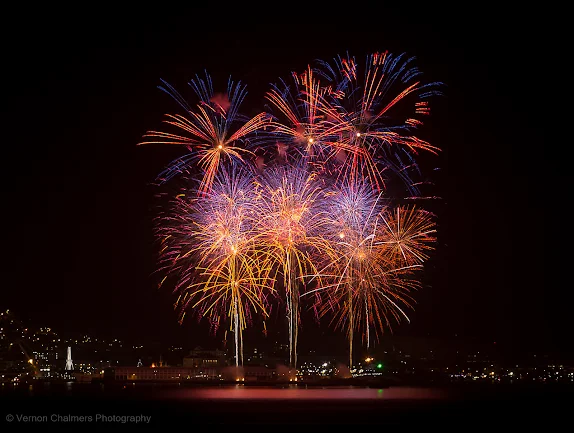 |
| Fireworks Display Photography with Canon EOS 6D : Cape Town |
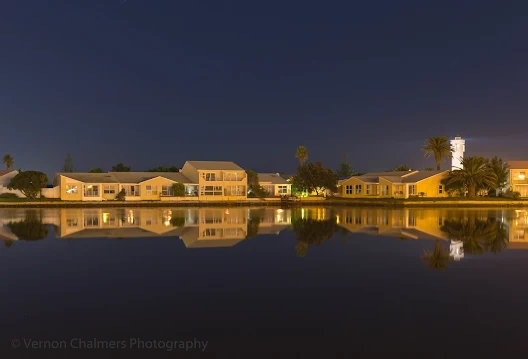 |
| Woodbridge Island : Canon EOS 6D / 16-35mm Lens Creative Photography : Slow Shutter Speed Abstract Application |
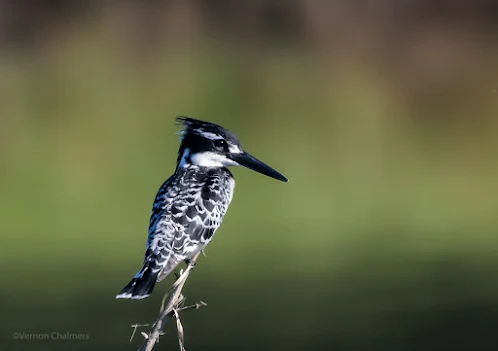 |
| Perched Pied Kingfisher : Canon EOS 7D Mark II / 400mm Lens |
 |
| Long Exposure Photography: Canon EOS 700D / Wide-Angle Lens Birds in Flight : Canon EOS 7D Mark II / 400mm lens Persian Portrait : Canon EOS 6D / 70-300mm f/4-5.6L IS USM Lens |
 |
| Fashion Photography Canon Speedlite flash : Canon EOS 6D @ 70mm Long Exposure Photography Canon EOS 6D : Milnerton |
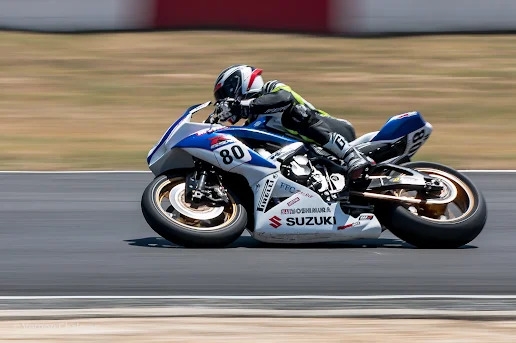 |
| Panning / Slow Shutter Speed: Canon EOS 70D 70-300mm Lens |
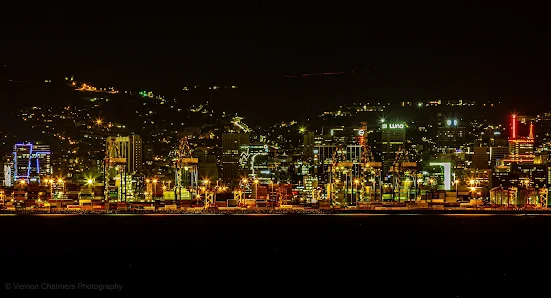 |
| Long Exposure Photography Cape Town Canon EOS 6D @ f/16 |
